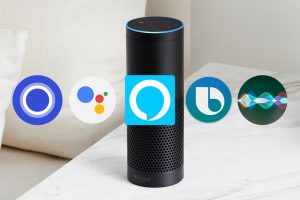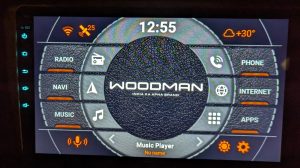 As wireless networks begin the long transition from 3G to 4G data services, many customers are confused as to whether or not there are any real benefits to making the leap. Indeed, many commentators have called it a “slight step forward” rather than a giant leap in a new direction. So, what will 4G do for the average consumer that present-day 3G offerings simply can’t muster?
As wireless networks begin the long transition from 3G to 4G data services, many customers are confused as to whether or not there are any real benefits to making the leap. Indeed, many commentators have called it a “slight step forward” rather than a giant leap in a new direction. So, what will 4G do for the average consumer that present-day 3G offerings simply can’t muster?
True Mobile Video Conferencing
Currently, 3G customers are likely to get 3 megabits per second when using data services. As 4G services begin to roll out, data speeds will increase astronomically — up to 100 or 150 megabits per second depending on signal strength, tower proximity, and network congestion. This enables truly rich applications like video conferencing to run on mobile phones. As of now, many phones support one-on-one video chat over WiFi networks or 3G, but those services are limited to just two people and suffer from quality issues because of slower speeds.
Portable Entertainment That’s Accessible Anywhere
Over the pat few years, movie distribution and rental companies such as Netflix have unveiled streaming video features that allow customers to watch full movies or television shows without waiting for a physical DVD to arrive in the mail. In recent months, those services have been integrated into smartphone applications that access 3G data networks.
At present, the quality of streaming media delivered to mobile phones is relatively poor. The slower connection speeds of 3G networks eliminates true HD video streaming and results in low-bitrate MP3s being played in applications like Pandora and Slacker Radio. As 4G becomes more prominent, that will no longer be the case. A 4G data network enables high definition video and audio streaming for a higher-quality entertainment experience no matter where you happen to be.
Broadband for All
Given 4G wireless data’s superior connection and transmission speeds, it opens up broadband access to all Americans — regardless of how urban or rural their location is. In fact, the promise of this universal broadband access has spurred the American government to open new spectrum and offer new funding to companies who are willing to build 4G towers in rural areas. It is perhaps the biggest promise of 4G: the ability to bridge the digital divide, once and for all, nearly two decades after the internet itself hit the mainstream.
Final Thoughts
The key to 4G data services is that it will take time to fully realize their power and capacity. It’s worth noting that present-day 3G service began rolling out in some markets as early as 2003, while the smartphone revolution itself didn’t begin in earnest until the iPhone’s debut in 2007. There is a delicate balance between equipping towers and enabling coverage, and producing phones that are capable of fulling utilizing that new service.
Over time, just as phones slowly took advantage of 3G data services, the benefits of 4G will begin to trickle into every day life and people will wonder — as they do now — how they ever used the previous generation of wireless data service.















2 Comments